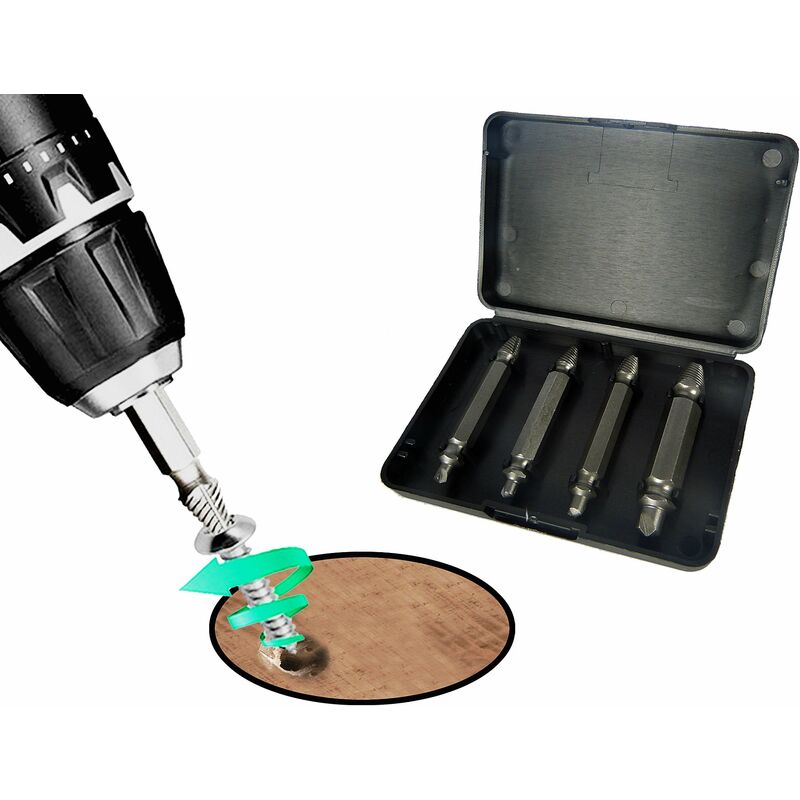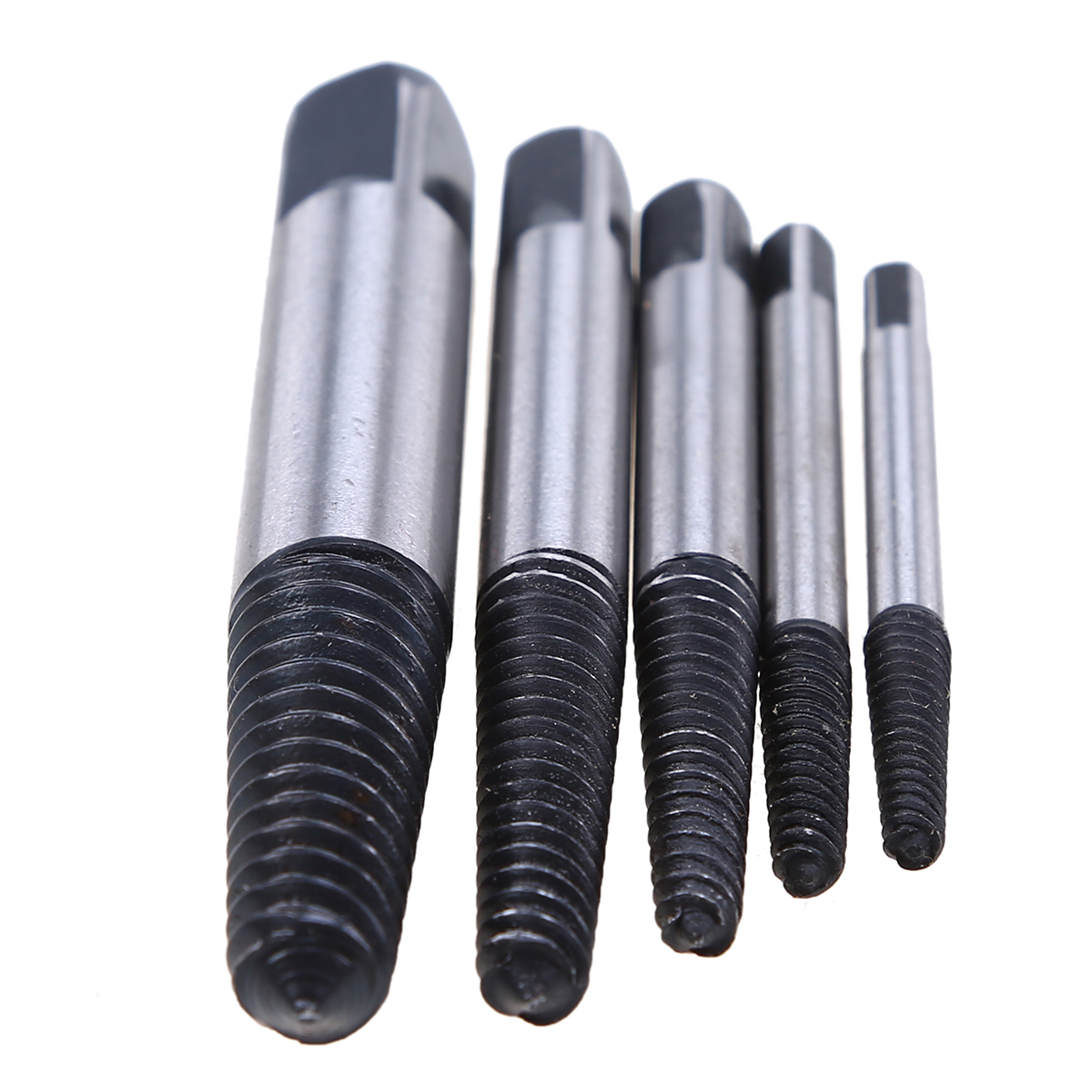
Here are some further generic tips which may be helpful: There are many other tricks which can be applied to remove snapped bolts and other fasteners, but without knowing the exact circumstances I can’t cover all bases. Removing a bolt which has rusted in place for 30 years requires a lot more torque, but the larger easy outs can provide this. Every situation is different and the bolt in my video wasn’t a particularly challenging example, as it had snapped off as a result of tension, rather than excessive friction between the fastener and the threaded receiver in the engine block. So, as expected, I was able to successfully and easily remove the broken bolt with the screw extractor set.
EASY OUT SCREW EXTRACTOR HOW TO
Here is my video taking you through how to use a screw extractor step-by-step: I once used an easy out kit to remove a snapped bolt on the undercarriage of a Chinook Helicopter, 300 miles North of the Arctic Circle (This was nothing to do with me over-tightening the bolt this time it was the -25 degrees Celcius temperatures which were placing every component under stress and equipment failures were common.) When used correctly they are simple and effective. I have been using screw extractor sets for many years after first learning about them during my apprenticeship as a mechanical technician in the Royal Air Force, where I served as a technician on aircraft for 7.5 years. So off the cylinder head came again (oh what fun!).

The torque wrench failed to ‘break’ at the desired torque, and as a result one of the head bolts snapped in between the cylinder head and the engine block. Unfortunately, I chose to use a very cheap torque wrench to tighten the head bolts up to the required 70 N m. I had already done this once before, so I wasn’t too concerned about the job. The backstory behind this post and my video is this: I was working on an engine and after completing the work the time came for me to refit the cylinder head to the engine block.



Here are the steps required to use a screw extractor set: I made a step-by-step video to show you exactly how you can use an easy out to remove a fastener on which the head has snapped off. In this post I show you exactly how to use a screw extractor set to remove a broken head bolt from an engine.


 0 kommentar(er)
0 kommentar(er)
